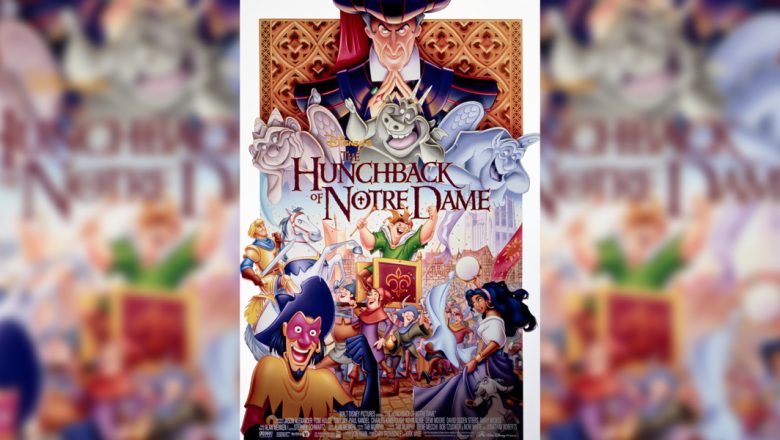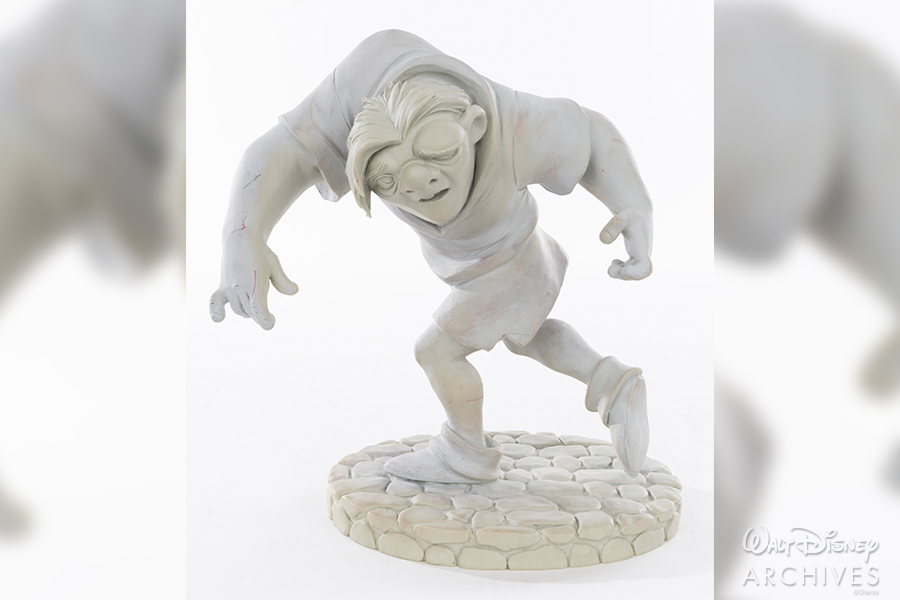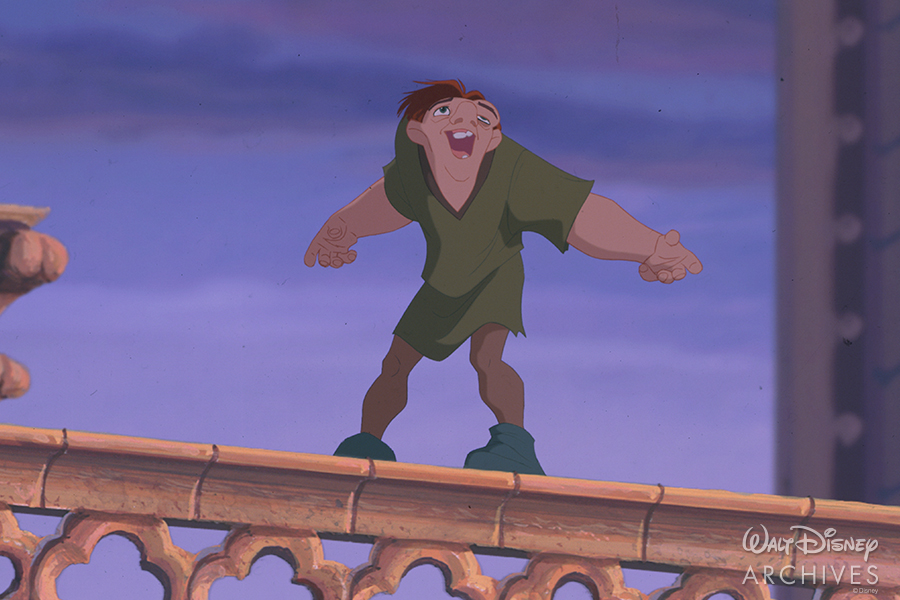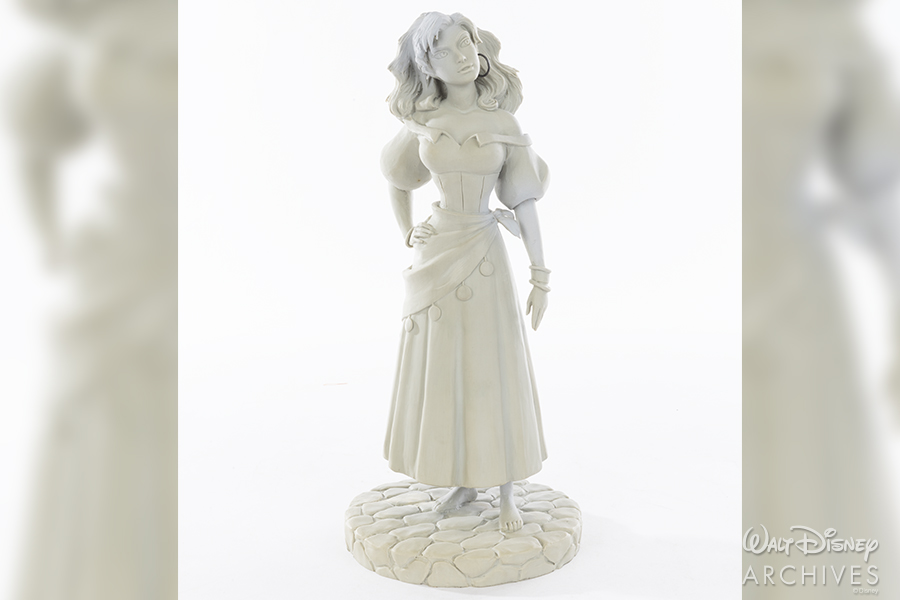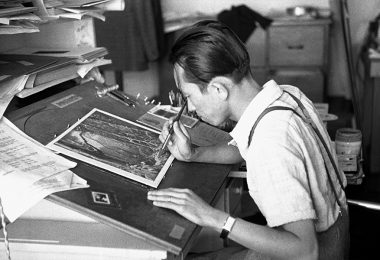By Christina Pappous, Walt Disney Archives
Did you know that today is the 25th anniversary of Disney’s The Hunchback of Notre Dame? Released in 1996, the animated feature vividly brought the timeless characters and story from Victor Hugo’s 1831 novel to a new generation of filmgoers. Prior adaptations of Hugo’s novel included the 1923 silent version starring “The Man of a Thousand Faces,” Lon Chaney as well as Charles Laughton’s turn as the tragic Quasimodo in the 1939 film. In Disney’s adaptation of the novel, the creative team streamlined the novel’s sprawling plot and most importantly, made Quasimodo the film’s protagonist. By doing so, the film poignantly became, in the words of producer Don Hahn, the “story of an outsider—a frightening visage with a beautiful soul—one who wants to be accepted by the world around him but must tackle his own inner fears in order to do so.”
One of the most powerful ways the artists and animators behind Hunchback communicated this was through the character design of the gentle Quasimodo. The process of designing the famed bell-ringer was a unique challenge, as co-director of the film Gary Trousdale and the creative team wanted to be sure that Quasimodo was not “malevolent, bitter, and vicious, but a put-upon guy who, beneath his surface appearance and his being emotionally stunted, has a loving heart of gold.” In animating Quasimodo, supervising animator James Baxter utilized horizontal shapes to better distinguish him from the towering, ominous vertical lines of his wicked guardian Judge Claude Frollo and the Gothic architecture of the cathedral. As Baxter put it, Quasimodo’s “being bent over was a metaphor for his wanting to hide. We wanted him wrapped in on himself, able to bend over and cower in his most oppressed moments.” However, it was key that Quasimodo’s design enabled him to be adept and agile enough to scale the bell towers of the cathedral with ease. The maquette of Quasimodo from the Walt Disney Archives beautifully demonstrates the complexities of Quasimodo’s personality.
Of course, one of the most touching elements of the film is Quasimodo’s tender friendship with the kind and compassionate Esmeralda. Like Quasimodo, Esmeralda is an outsider and the animators infused her character design with warmth, vivacity and most importantly, a balance between softness and strength. In the words of director Gary Trousdale, Esmeralda is “the first person to treat Quasimodo like a human being” and through the friendship he develops with her, he makes his first connection to the outside world beyond the walls of the cathedral, gains the courage to confront his fears and, ultimately, finds his way “out there.” Be sure to celebrate Quasimodo’s journey and watch The Hunchback of Notre Dame, streaming now on Disney+!



